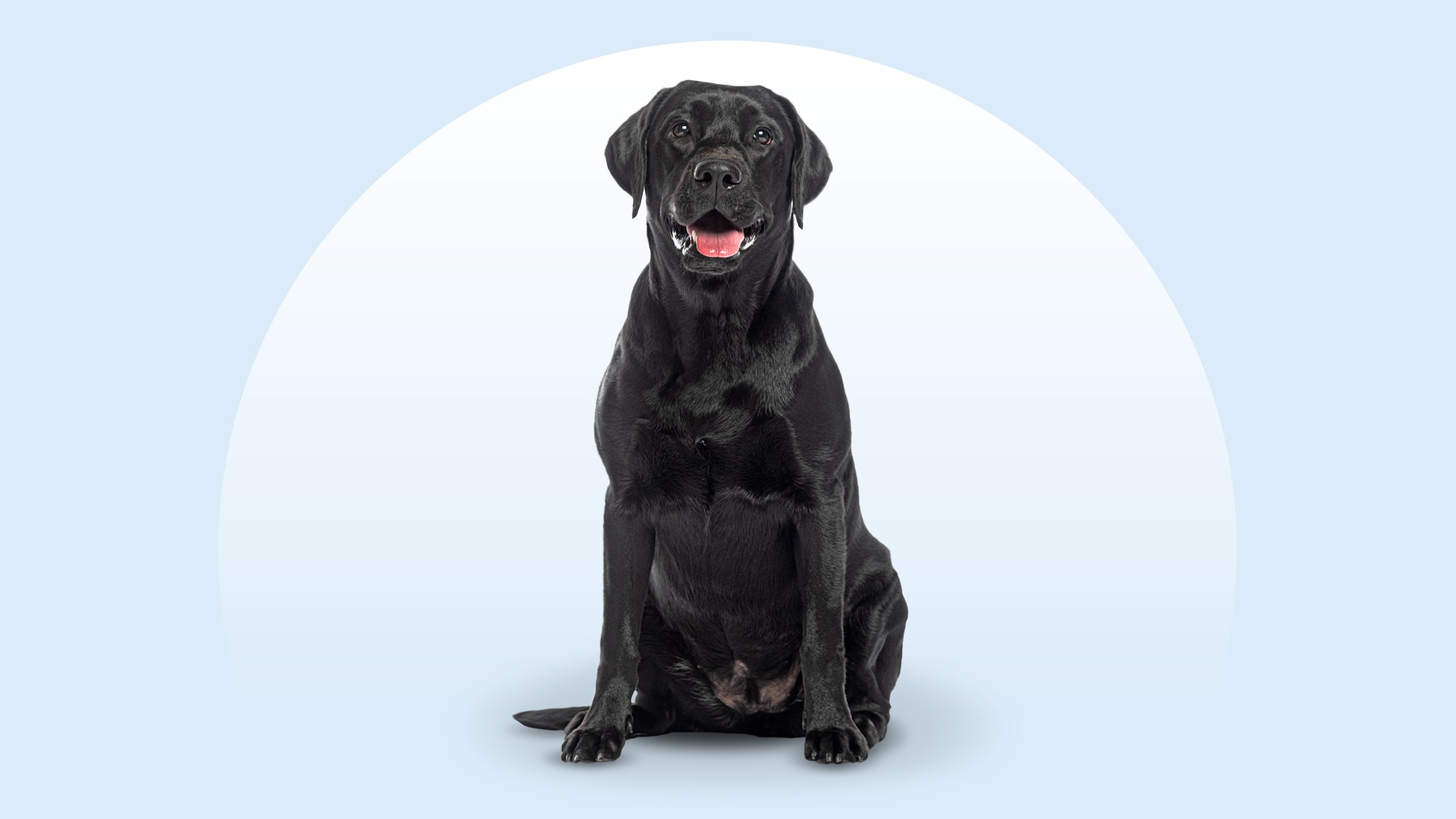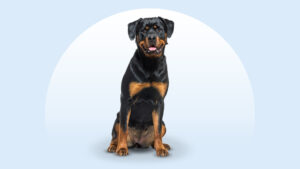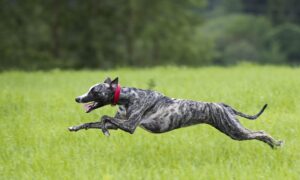Labrador Retriever
Updated June 4, 2025
Labrador Retriever
Updated June 4, 2025
One of the most popular pups out there, the Labrador Retriever is well-liked by almost everyone they meet. This friendly, intelligent dog loves hanging out with humans, and their high energy and adventurous spirit make them a perfect match for outdoorsy pet parents.
Athletic, Outgoing, Smart
55–80 pounds
21.5–24.5 inches
11–13 years
Black, Chocolate, Yellow
If you tell people your best friend is a water-repellent creature with webbed toes and an otter-like tail, they might think more “Loch Ness Monster” and less “canine.” Yet the Labrador Retriever was made for a life on the ocean (or lake or river—they’re not picky).
These easygoing pups are exceedingly popular, and perhaps it’s because they’re just so well-rounded. Like a high school kid voted “Best All-Around,” these dogs are smart, extroverted, and gracious.
An energetic sporting breed, Labrador Retrievers (or “Labs” for short) live for weekends and will relish being part of a tight-knit family who includes them in weekend adventures like hiking, camping, and (of course) swimming.
Labrador Retriever Characteristics
Labrador Retriever Appearance
The Labrador Retriever has naturally floppy ears, a wide nose, and expressive eyes. They tend to have a short, dense coat that repels water—no raincoats needed.
Labs also have an athletic build, sturdy legs, and webbed feet, which are perfect for swimming (one of their favorite activities).

- Ears
Labrador Retriever ears hang close to the head, just above eye level. They can cover the eyes if pulled forward.
- Eyes
Their eyes have a kind and friendly expression, and the color depends on their coat color. Black or yellow Labradors have brown eyes, while chocolate Labs have brown or hazel eyes.
- Nose
Lab noses are black on pups with black or yellow coats, and they’re brown on chocolate-colored pups. Their nose color may fade to a lighter shade as they age.
- Coat Length
Their coat is short, straight, and thick, with a weather-resistant undercoat.
- Coat Color
Labrador Retriever colors are yellow, black, or chocolate.
- Tail
Their tails are thick and tapered; they’re often called an “otter tail.”
Labrador Retriever Temperament
Don’t worry one bit about how your Lab will fit in with the rest of the family—these affable pups are likely to get along with everyone (even strangers).
The Labrador Retriever personality is naturally outgoing. These dogs love to interact with humans, and they’re usually friendly with other animals. They’ll eagerly say hello to dog siblings or even cat siblings (though the felines might be less enthused than your Lab).
Labs are people-pleasers, and they want you to be proud of them—on that note, they’ll probably be easy to train, and they’ll likely be eager for socialization, too. After all, the sooner they meet strangers, the sooner those strangers become friends.
Cheerful and animated, this pup has energy to spare. This makes Labs perfect for an active pet parent or a family always on the go (who’d like to bring along a 70-pound furry friend). Funnel all their energy into positive outlets, like outdoor activities and training.
Labrador Retrievers love having a job to do. They excel at things like dock diving, agility courses, and (as their name implies) retrieving items. In fact, their superior intelligence is why they often make great therapy or service animals.
How to Care for a Labrador Retriever
Labrador Retrievers are relatively easy to care for and make great dogs for first-time pet parents—as long as you’re willing to give them the high-energy exercise they need and return the loyal affection they’ll give you.
Grooming
Training
Diet
Exercise
Environment
Labrador Retriever Health
The average Labrador Retriever lifespan is 11–13 years. Here are a few health issues to be aware of:
- Bloat and gastric dilatation-volvulus (GDV): Labrador Retrievers are prone to a life-threatening condition called bloat that occurs when the stomach gets distended with air and/or food. A serious complication of bloat is GDV when the stomach twists on itself, cutting off blood supply to the organs. Symptoms include abdominal distension, restlessness, and dry heaving. If you notice these signs, go to the vet immediately.
- Elbow and hip dysplasia: Elbow and hip dysplasia are genetic conditions that develop during puppyhood when the joints don’t align well and become looser than normal. Signs include limping, and treatment might involve weight loss, reduced activity, joint supplements, physical therapy, pain meds, or (in severe cases) surgery.
- Exercise induced collapse (EIC): EIC is a genetic condition that results in weakness and collapse after heavy exercise. There’s no cure, but the symptoms can often be managed by helping your dog to take it a little easier when they play.
- Progressive retinal atrophy (PRA): PRA is the degeneration of the eye’s retina that leads to blindness. There is no treatment, but dogs often adjust well to vision loss and live full, happy lives.
Labrador Retriever History
Oddly enough, Labrador Retrievers originated on the island of Newfoundland, Canada—not in Labrador.
According to the Labrador Retriever Club, they’re descendants of the now-extinct St. John’s Water Dog, but they share that pup’s hunting heritage: The Labrador Retriever dog breed first became popular as pups who could help fishermen retrieve fish and ducks. Their soft mouth and gentle jaws made Labs perfect for this task.
Eventually, these canines crossed the Atlantic Ocean, and the English continued to refine the breed in the second half of the 19th century.
The popularity of the Labrador has only grown since then. Today, modern Labs are among the most popular dogs in the U.S., according to the American Kennel Club, which recognized the breed in 1917.
Expect to pay anywhere from $1,000–$2,500 for Labrador Retriever puppies. If you choose this route, pick a responsible breeder.
You can also adopt a Labrador Retriever, as there are many waiting patiently for their forever homes. Check out a Labrador Retriever rescue like Labs4Rescue, keep an eye out at your local shelter, or search Chewy’s database of adoptable pets in your area.








